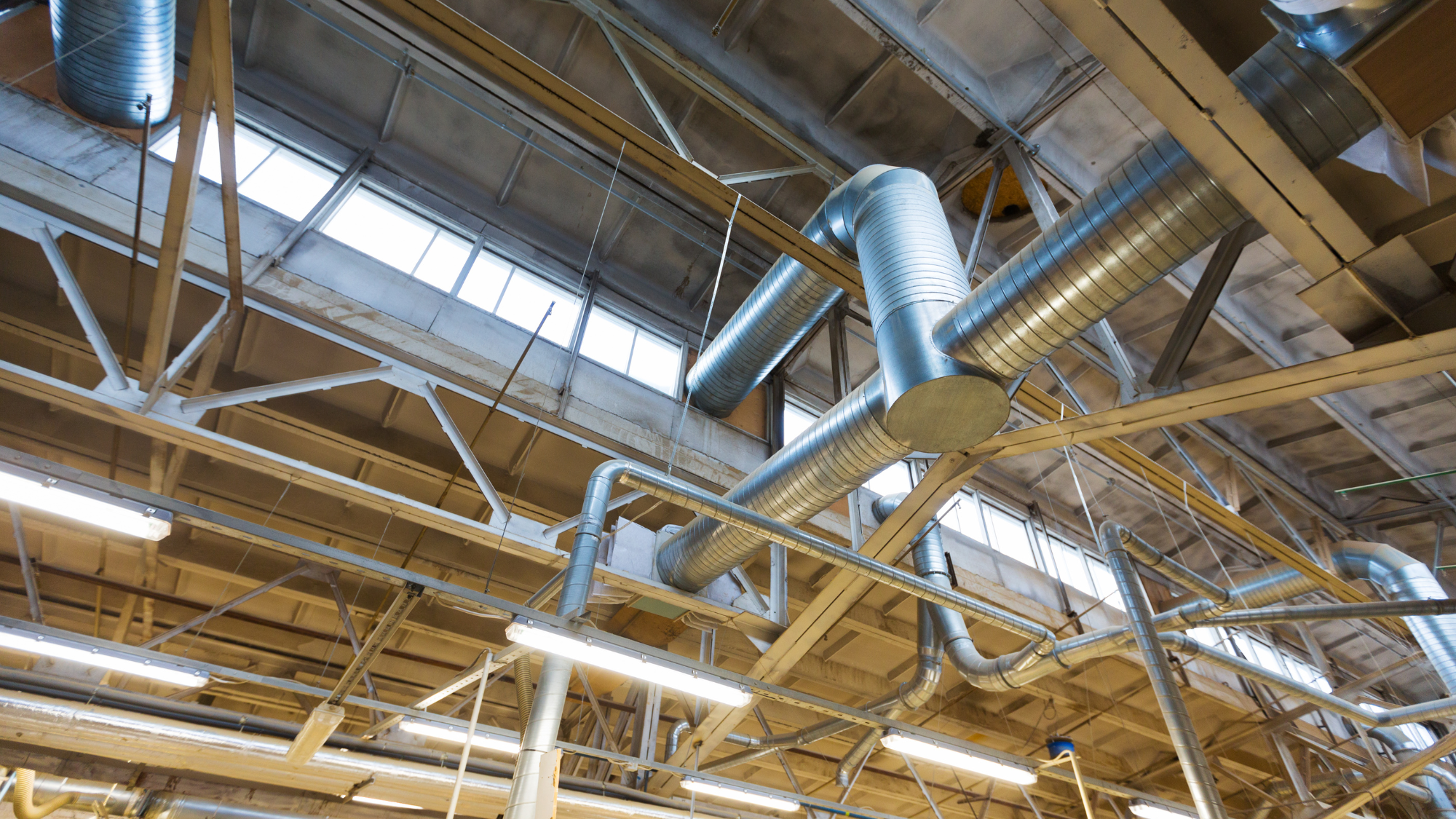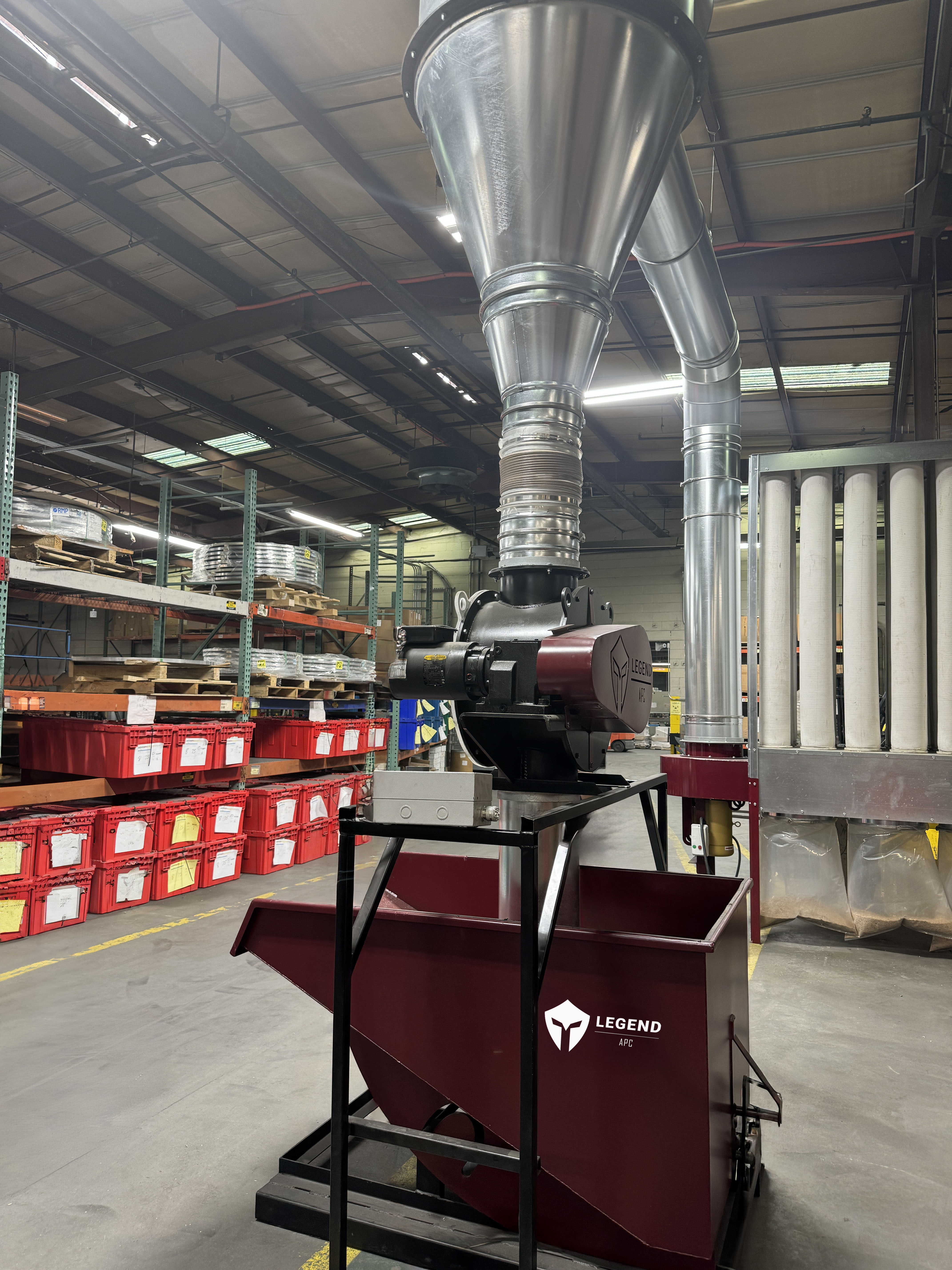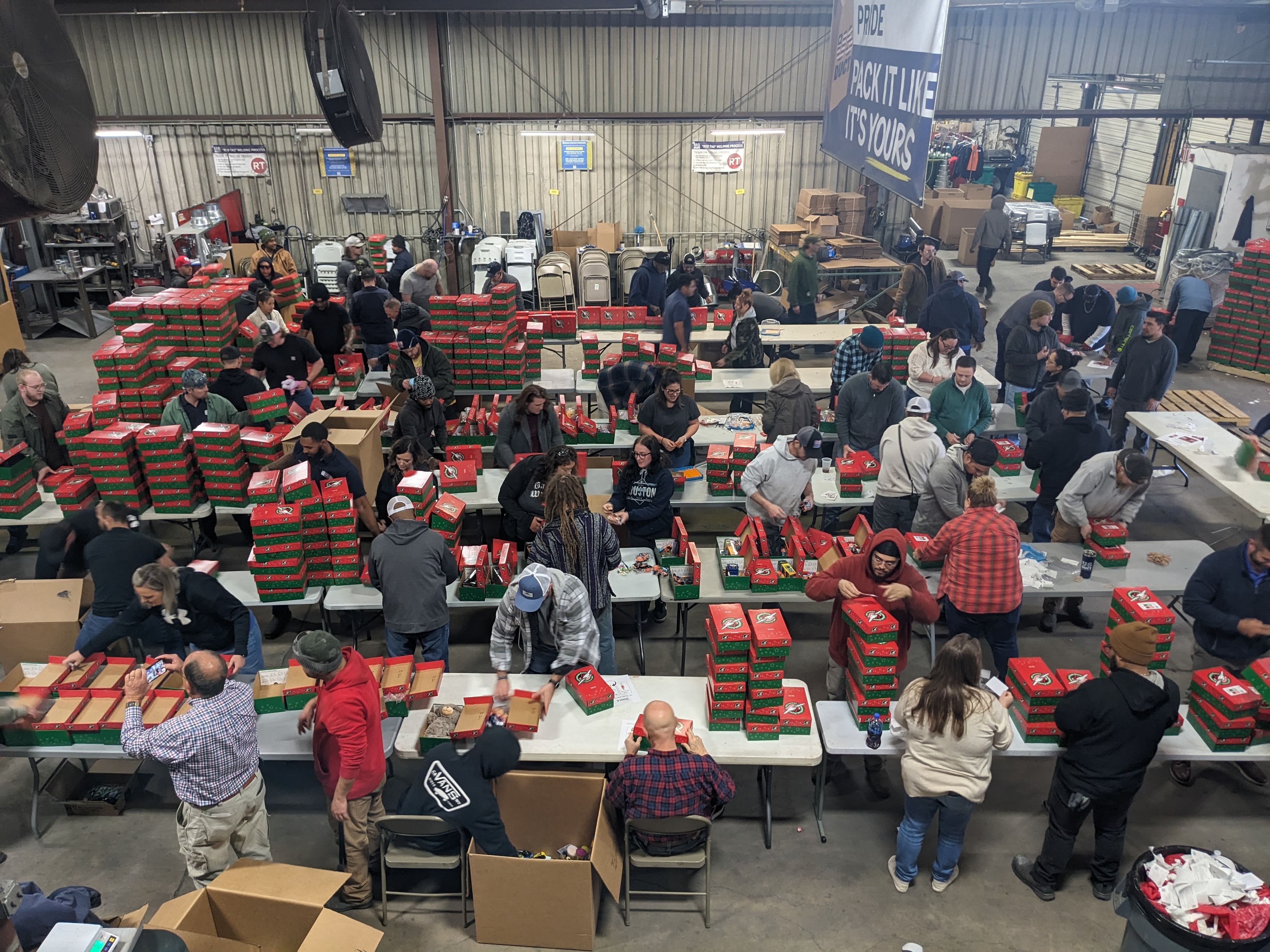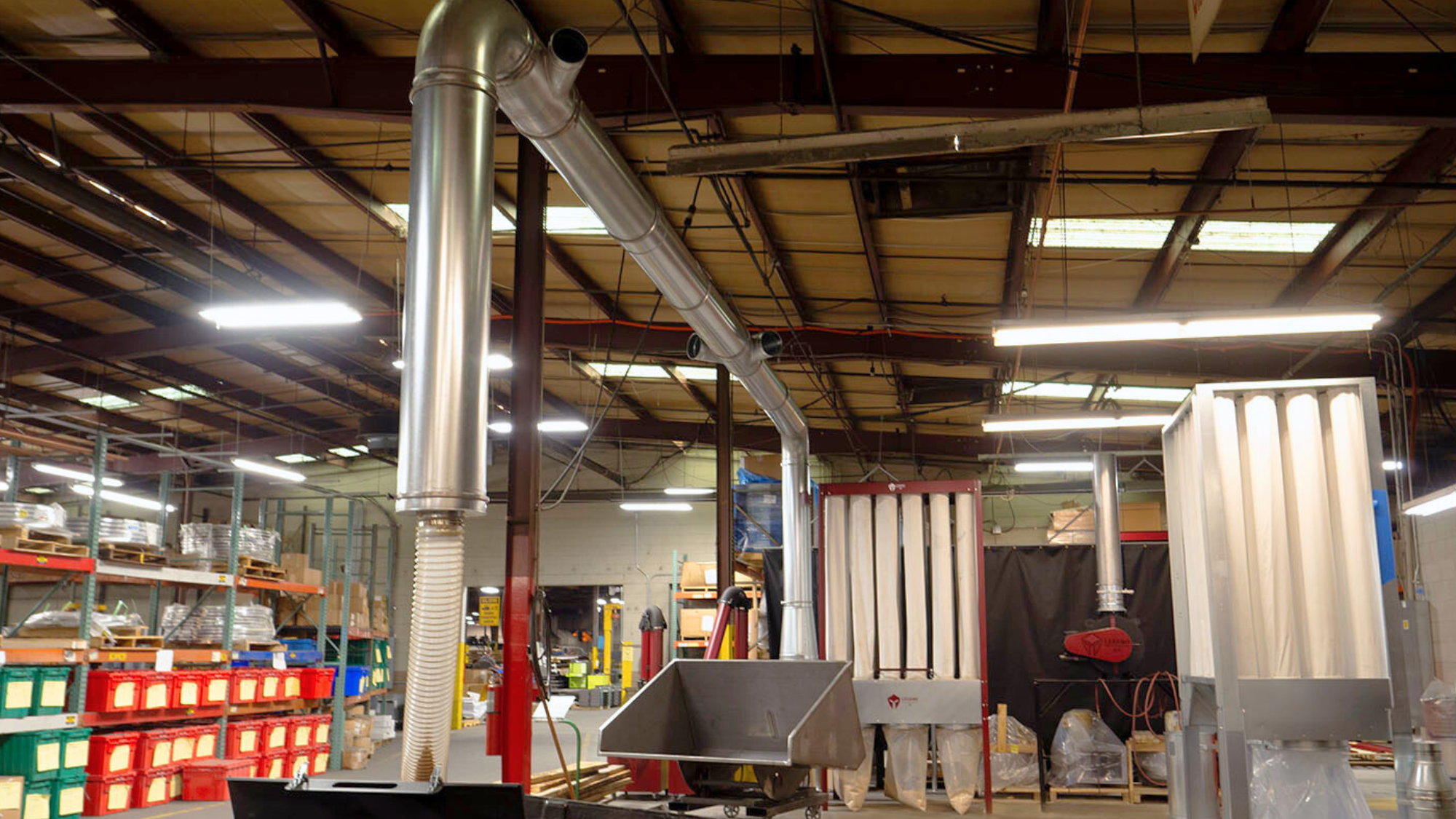US duct Blog
Your go-to resource for all things industrial ductwork! Explore industry insights, company news, and helpful product tips.

Showing 0 of 100

Coffee Roasting Exhaust Systems: Keeping Your Beans—and Your Air—Fresh and Clean
Roasting coffee beans is an art form, but let’s face it—there’s a lot more to it than just heating up some beans and hoping for the best. There’s dust, heat, and exhaust to deal with, and if you don’t handle it properly, you might end up with a roasting setup that’s as smoky as your uncle’s backyard BBQ. (And nobody wants that.)Here’s the breakdown of where ducting saves the day in your coffee roasting process.

Dust Collection Pipe: Essential Planning for Clean Workspaces
When planning new machines or projects, ensuring a clean and safe work environment should be a top priority. Dust and debris can pile up faster than your dad’s excuses for not mowing the lawn. That’s where dust collection pipe swoops in to save the day—no quackin’ around!

Product Spotlight: Clamp-Together Duct
The number one reason tens of thousands of people have chosen Clamp-Together Duct is speed of installation. Almost anyone, from novice to professional or from self-installer to contractor, can install this system in record time—about 70% faster than flanged or spiral ductwork.

Pros and Cons of Spiral Ductwork
Spiral duct has been around a long time and if you have used it regularly, you are likely comfortable with the benefits—or at least the apparent benefits of spiral duct for industrial applications. US Duct has received a number of inquiries from contractors and reps looking for something to substitute for traditional spiral duct for such applications as dust, fume, mist and particle collection. As we have worked through these conversations, we have discovered several reasons that—when considering the entire job—Clamp-Together Duct might just be a better solution.

Discover the Real Industrial Spark Trap!
We’ve had a number of conversations of late with customers about the need for a better Industrial Spark Trap solution for dealing with welding, grinding, and cutting table sparks. We made one, a real spark trap—affordable, effective, and unique.When you compare spark traps, you’ll learn the difference is on the INSIDE!

How Oil Mist is Produced
Oil mist, a byproduct of metalworking fluids (MWFs) used in machining, creates maintenance challenges and safety hazards by corroding surfaces, damaging equipment, and polluting air quality with potentially harmful agents. Solutions like airtight ductwork, oil mist accumulators, and US Duct’s mist-tight systems help facilities effectively manage and exhaust oil mist for cleaner, safer operations.

A Legendary Waste Management Solution: Legend Inline Separator
The Legend Inline Separator is an essential tool for keeping your shop floor running more efficiently. Designed specifically to separate bulky material from the airflow, it ensures that up to 90%* of your system debris is removed before entering the collection bags.

The Power of A Shoe Box
Our companies believe in making a difference, especially during the holiday season. Last year, we set an ambitious goal to fill 3,000 Operation Christmas

Press Release: US Duct Adds Legend Products
US Duct, a leading manufacturer of industrial ductwork solutions, is excited to announce a significant expansion to its product offerings with the introduction of the Legend Solution Products line. This new product line results from a formalized business relationship between US Duct and Legend APC, a new manufacturer in the air pollution control industry.

Making a Difference One Shoebox at a Time
Founded in 1970, Samaritan’s Purse is dedicated to aiding the world’s poor, sick, and suffering. Their global outreach efforts strive to help those who may be victims of war, poverty, natural disasters, disease, and famine. By providing food, medicine, and other types of assistance to those in desperate need, they accomplish their mission of providing spiritual and physical aid to hurting people worldwide.

5 Ways to Trim Down Maintenance Costs in Your Woodshop
If you work with wood, you know that sawdust is the glitter of the woodworking world—once it's around, you’ll never get rid of it. More than just a nuisance, wood dust can be a health hazard and a fire risk. That’s where pre-filters, bag houses, and cartridge collectors come into play, working together to keep your air clean and your workshop safe.
No results found.
There are no results with this criteria. Try changing your search.
Talk to a Duct Guy or Gal
Get started on a solution tailored to your needs, or explore our range of inline separators, self-dumping hoppers, and baghouses for even more ways to optimize your workspace.

.png)